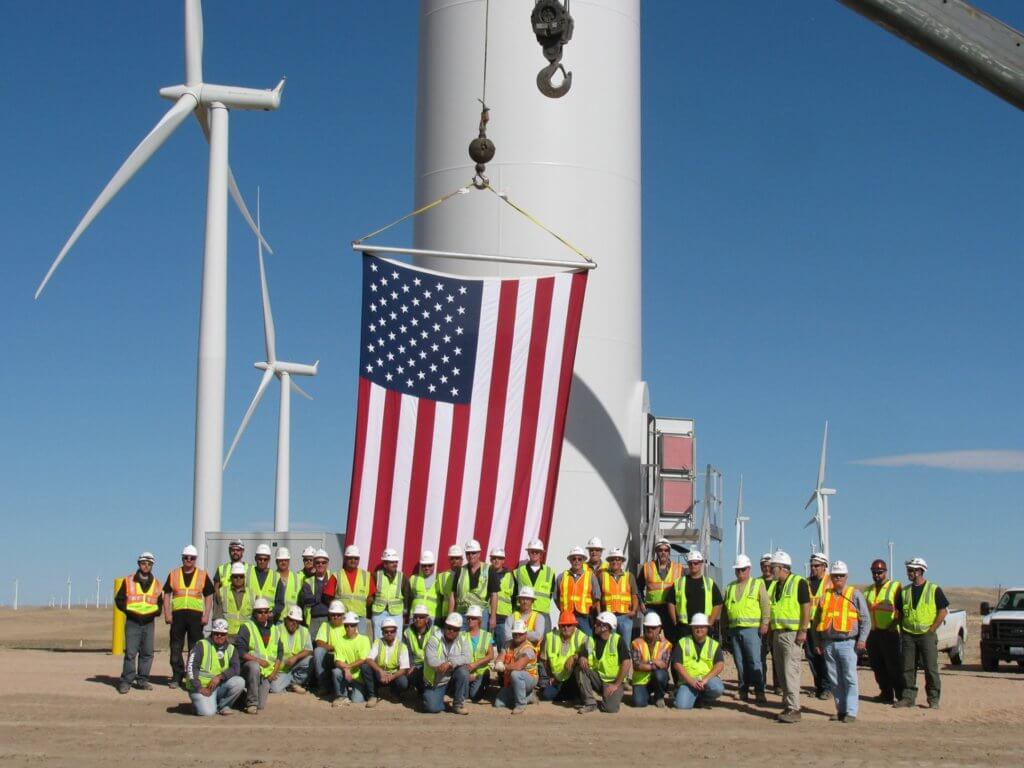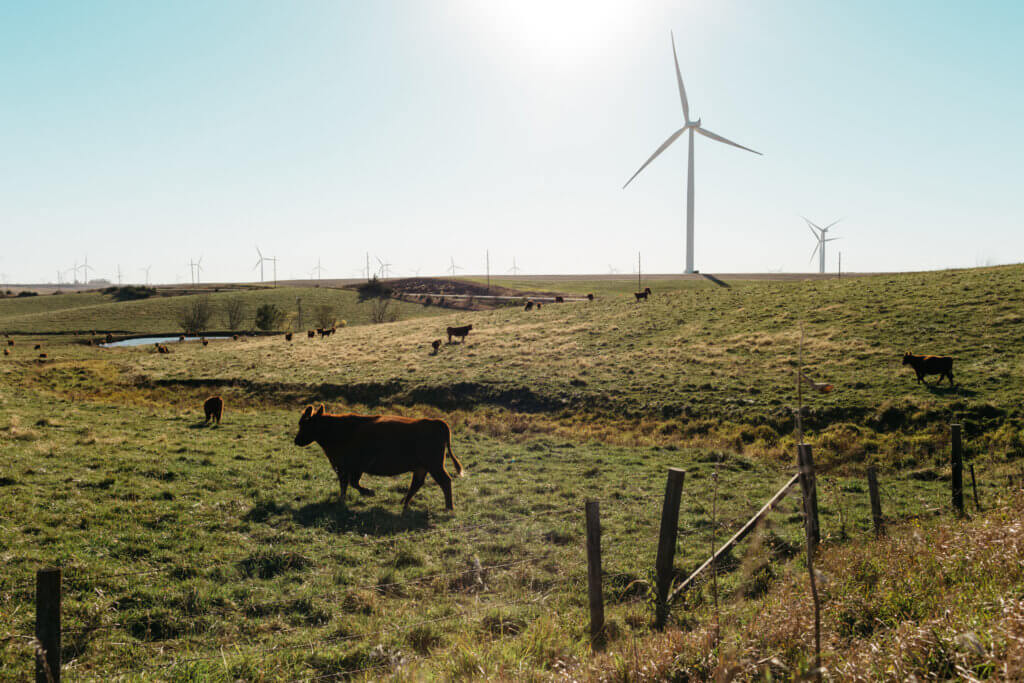News story draws questionable conclusions from eagle collisions with old turbines
A story in today's Los Angeles Times uses the long-known phenomenon of golden eagle collisions with wind turbines in California's Altamont Pass to attempt to raise doubts about the state's recently passed Renewable Portfolio Standard, which requires utilities to obtain 33% of their electricity from renewable energy sources by 2020. Readers of the p.1 article could be forgiven if they mistakenly concluded that modern wind turbines threaten eagle populations, which they don't—nationwide, modern turbines account for less than 1% of golden eagle deaths from human causes.
According to the story, the eagle deaths, which were first raised as an issue more than 20 years ago, "[raises] troubling questions about the state's push for alternative power sources," a proposition that I think is demonstrably false. Why?
First and most importantly, Altamont Pass is an anomaly among wind farms in the United States, with a rate of eagle deaths–some 50 per year–that is far higher than any other wind project. There are several possible reasons why this is so, with the answer most probably being a combination:
– Altamont Pass is located close to one of the largest nesting populations of golden eagles in the world.
– Altamont Pass has enormous numbers of small rodents–pocket gophers and ground squirrels–that provide an abundant prey base for raptors like golden eagles.
– Altamont Pass has roughly five thousand wind turbines, many of which were installed in the early 1980s and are far smaller than today's state-of-the-art machines. Because they are smaller, these machines have lattice towers that act as perching structures, are installed much more closely together than modern turbines (which leaves less space for birds to avoid them), and rotate at a much higher rpm.
Second, the wind industry has learned a great deal from the Altamont Pass experience. Today, wind developers routinely commission a detailed site evaluation for wildlife, probably the most important ingredient in avoiding problems, before construction. Foote Creek Rim is a good example for what can be done to minimize impacts through proper siting. It's a wind farm in Wyoming where the golden eagle use is comparable to that in Altamont Pass. Preliminary studies, however, showed that 80% of the eagle use was soaring off the rim of the mesa, presumably to look for prey. The wind farm developer agreed to move the planned turbine locations back 50 meters from the rim. So few eagle kills occurred after the project was installed that a multi-stakeholder group set up to monitor avian problems was disbanded due to lack of need.
Third, while no one in the wind industry wants to see avian fatalities, the fact remains that even in Altamont Pass, very detailed studies of golden eagles (including, for example, tagging and radio monitoring individual birds) have found no measurable effect on the local breeding population.
And finally, the old wind turbines in Altamont Pass are now in the process of being replaced through a process known as “repowering” by newer, modern machines. While we don't know for sure what effect this will have on raptor collisions there, there is a good chance that they will be reduced.
As long as any birds collide with wind turbines, there will be a need to work to reduce the number of collisions. Even so, it should be clearly understood, as demonstrated through publicly available data, that the problems experienced with raptors in Altamont Pass are in no way representative of other wind farm locations around the U.S., nor should they distract us from the urgent need to move forward with policies like the California Renewable Portfolio Standard aimed at increasing our use of clean, affordable, homegrown renewable energy.
Related articles:
WINDPOWER report: Whooping cranes may avoid wind farms, more research ahead, May 25, 2011
Wind developer launches intensive avian monitoring program, May 23, 2011
AWEA files comments on "unworkable" U.S. Fish & Wildlife Service guidelines, May 19, 2011
U.S. Fish & Wildlife Service, AWEA, wind developers sign agreement to promote endangered species conservation, April 20, 2011
Wind industry backs research on bat concerns including White-Nose Syndrome, April 1, 2011
Wind turbine bird threat modest, January 18, 2011
Editorial: How serious is threat to birds?, January 5, 2011
Wind energy and birds: No double standard, September 9, 2009
Wind-wildlife group names first president, February 24, 2009



